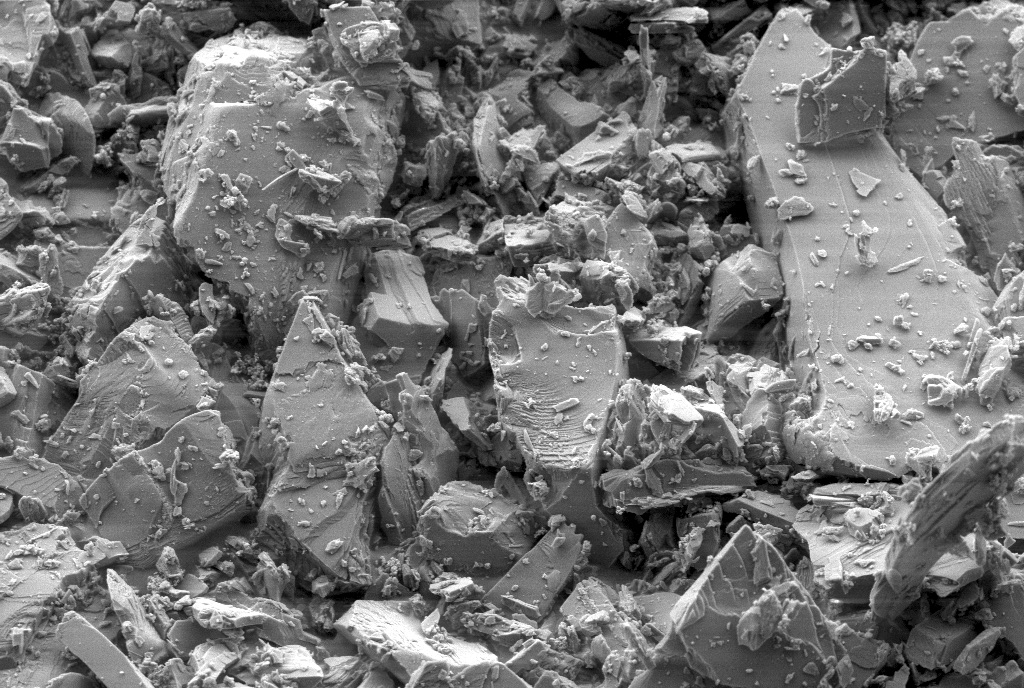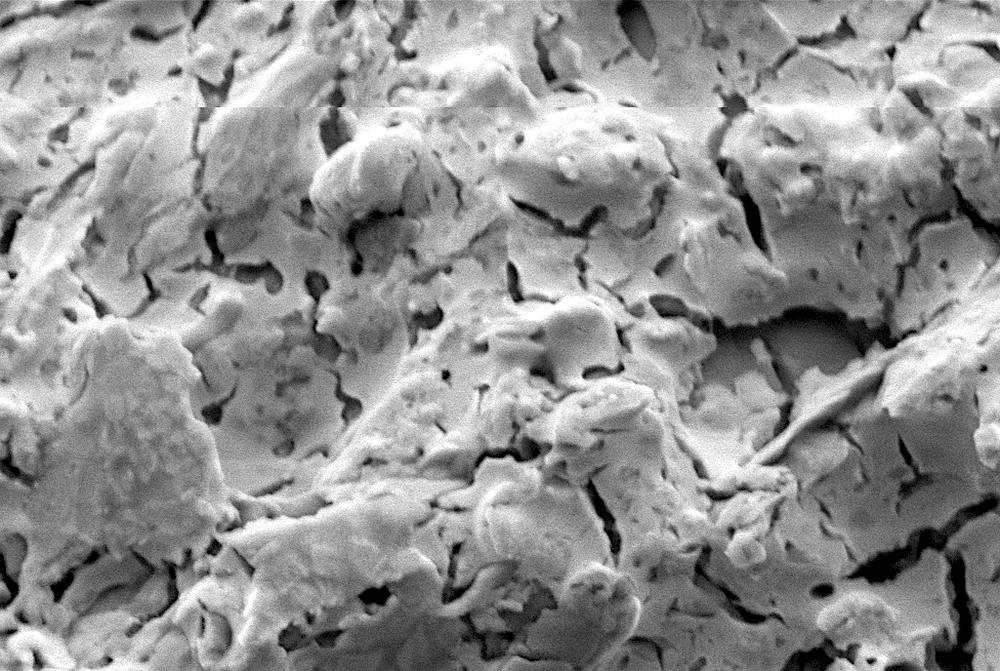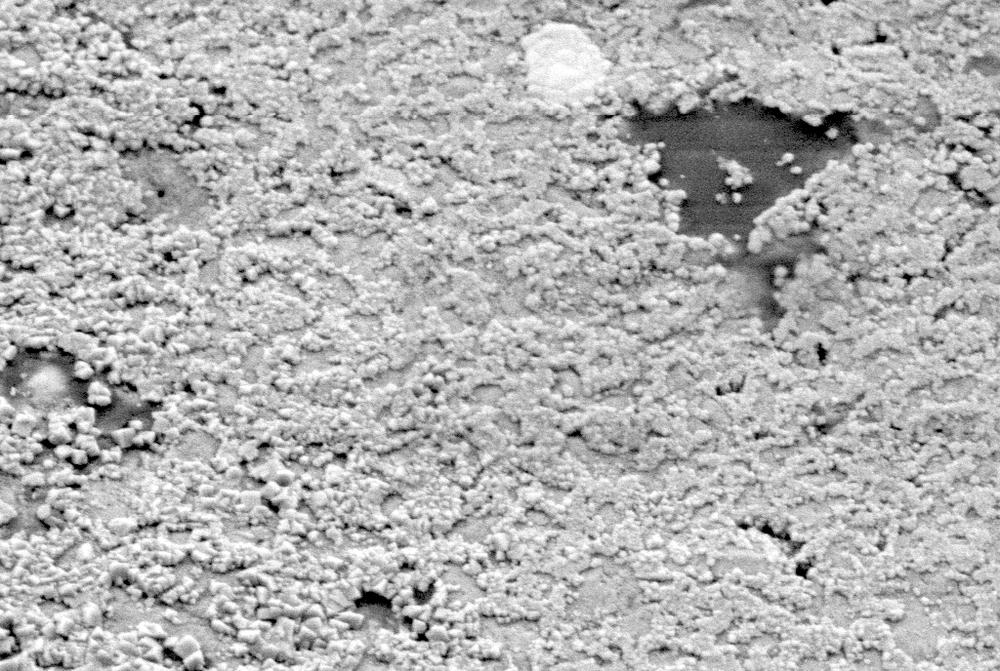Scientists Are Creating Mock Meteorite Crashes in a Lab. Here's Why.

Hundreds or millions of years after a meteorite smashes into Earth, researchers are left analyzing the impact site to figure out what happened. New research simulated such impacts in the lab, smashing samples together between diamond anvils and tracking how impact-site materials change when compressed at different rates.
By learning about ancient meteorite impacts, researchers can better understand how Earth and other solar system bodies formed and evolved. And by analyzing specific impact sites, researchers hope to learn details such as the highest temperatures and pressures reached in the smashup.
Researchers in the past have classified impacts based on changes to three types of minerals often found in impact craters (and in planetary crust in general), the scientists said in a statement about the new work. These minerals, which are in the feldspar group, consist of albite, anorthite and plagioclase (the latter is a mixture of the first two). When these minerals undergo an impact, they lose some of their ordered crystal structure, and the new work used X-ray diffraction — measuring powerful X-rays passing through the substances — to track how their atomic structures change as they're rapidly compressed, like they are in a meteorite impact. [Related: Superdense Alien Ice Formed in a (Laser) Flash]
"In our experiment we used gas- or actuator-controlled diamond anvil cells to rapidly compress our samples, while we continuously collect X-ray diffraction patterns," Melissa Sims, a geoscientist at Stony Brook University in New York and lead author on the new work, said in the statement. "This allows us to monitor the changes in the atomic structure during the complete compression and decompression cycle, and not only at the start and end of the experiment as in previous so-called recovery experiments."

The researchers compressed the minerals to 80 gigapascals of pressure, which is roughly equivalent to 80,000 times Earth's atmospheric pressure at sea level, and varied the compression rate to see differences in how the minerals reacted. They noticed that the rate of compression had a big impact on when the minerals lost their crystal structure — when compressed more quickly, the structure was completely lost at a lower pressure than when compressed slowly.
This means measuring the level of structure lost in these minerals when found at impact sites might not be enough to estimate the peak pressure and temperature at the time the object hit, the researchers said. But as they investigate more about how minerals change under impact conditions, researchers should be able to pull more information from long-ago impact sites.

So, though it doesn't help pinpoint specific temperatures and pressures in this case, the use of this technology — and the increasing availability of powerful X-ray sources and X-ray detector technology — is promising for learning more about how impacts work, the researchers said.
Get the Space.com Newsletter
Breaking space news, the latest updates on rocket launches, skywatching events and more!
The new work was detailed Feb. 1 in the journal Earth and Planetary Science Letters.
Email Sarah Lewin at slewin@space.com or follow her @SarahExplains. Follow us on Twitter @Spacedotcom and on Facebook. Original article on Space.com.
Join our Space Forums to keep talking space on the latest missions, night sky and more! And if you have a news tip, correction or comment, let us know at: community@space.com.

Sarah Lewin started writing for Space.com in June of 2015 as a Staff Writer and became Associate Editor in 2019 . Her work has been featured by Scientific American, IEEE Spectrum, Quanta Magazine, Wired, The Scientist, Science Friday and WGBH's Inside NOVA. Sarah has an MA from NYU's Science, Health and Environmental Reporting Program and an AB in mathematics from Brown University. When not writing, reading or thinking about space, Sarah enjoys musical theatre and mathematical papercraft. She is currently Assistant News Editor at Scientific American. You can follow her on Twitter @SarahExplains.









